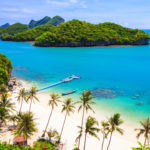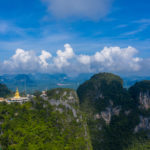Featured Image: The natural beauty of Thailand in Maya Bay, Koh Phi Phi. Image: Visualhunt
Thailand is a country renowned for its natural beauty. From the majestic flowing rivulets of Erawan Falls in Kanchanaburi to the limestone islands rising from the emerald waters of Maya Bay, tourists come from across the globe to experience Thailand’s varied and unique natural resources.
Though the tourism industry is a major source of revenue for the country and vital to the economies in popular tourist areas, popularity sometimes comes at a price. The large influx of local and international tourists has resulted with a negative impact on the environment. In some cases the rise of tourism outpaced the resources necessary to handle the volume of visitors. In others, formerly common practices (like using plastic straws for hygiene) have seen a global shift in attitude and Thailand is on board with the rest of the world. Looking ahead to the future with a progressive vision to preserve the beauty that has made Thailand a global tourism destination, organizations throughout the country have announced a renewed focus on sustainable tourism. Ecological preservation efforts are underway in a variety of tourism-related initiatives.
Environmental Preservation
Environmental preservation has never been an easy task. Taking care of the environment includes three main phases: First, there is the cleanup of damage already done, such as planning for resources and strategies to address litter. Second, there is the change in current attitudes and habits such as learning to reduce the pervasive use of single-use plastic bags. Finally, there is preservation which describes efforts to give natural areas a break from high tourist traffic and protect them long into the future.
As environmental preservation resolutions pick up steam around the world, Thailand is one of many popular destinations recognized for long-existing natural beauty that has joined in the march towards progress. In fact, most of Thailand’s best-known attractions are famous locations with natural appeal.
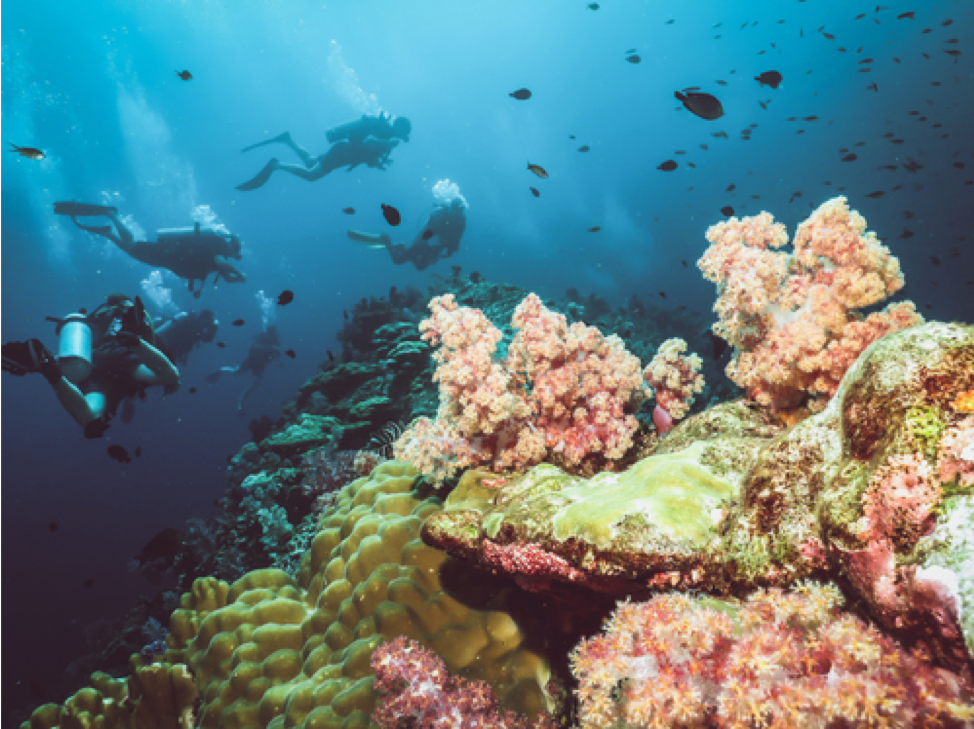
SCUBA diving and snorkeling in the Andaman Sea off Koh Lanta gives holiday makers a close-up view of an ocean full of colorful tropical fish and coral forests. The view from the top of Doi Suthep temple in Chiang Mai is a breath-taking panorama above fog-blanketed green jungle foliage heavy with singing birds. Floating holiday houses lazily bob up and down on the banks of the River Kwai to give you the perfect afternoon nap on vacation. With Thailand’s new outlook towards the future, all of these natural attractions and more will be preserved so that people can enjoy them for many years.
Progressive Initiatives
From reduction efforts towards single-use plastics to banning smoking at the beach, The Tourism Authority of Thailand (TAT) is throwing its full support behind a royal initiative for sweeping reforms aimed at the preservation of Thailand’s vast natural resources and environments.
The Thai Department of National Parks, Wildlife and Plant Conservation (DNP) is on the front lines in the fight against plastic pollution with its new single-use plastic ban in 154 national parks across the country. The DNP ban aims to tackle the kind of garbage that ends up polluting natural environments and can be a threat to local wildlife. The ban covers plastic straws, water bottles and bottle caps, plastic take-away utensils, plastic grocery bags, and Styrofoam food containers.
An adjacent joint effort between the DNP and the Thai Hotels Association (THA) has also outlined a 12-step guide for reducing plastic waste. Hotels across the country are encouraged to participate in the initiative. Other partners joining the fight against tourism-related waste span the public and private sector. Participants include the Expedia Group, Tourism Council of Thailand, Siam Piwat Retail and Development Company, Chao Phraya River tourism-related businesses including ICONSIAM, Nonthaburi Municipality, and more.
According to DNP estimates, the combined efforts will involve 10 million people in all. Officials, shop owners, youth, the general public, and visitors are expected to contribute to a reduction in 3 million items of plastic waste from entering into the cycle as garbage.
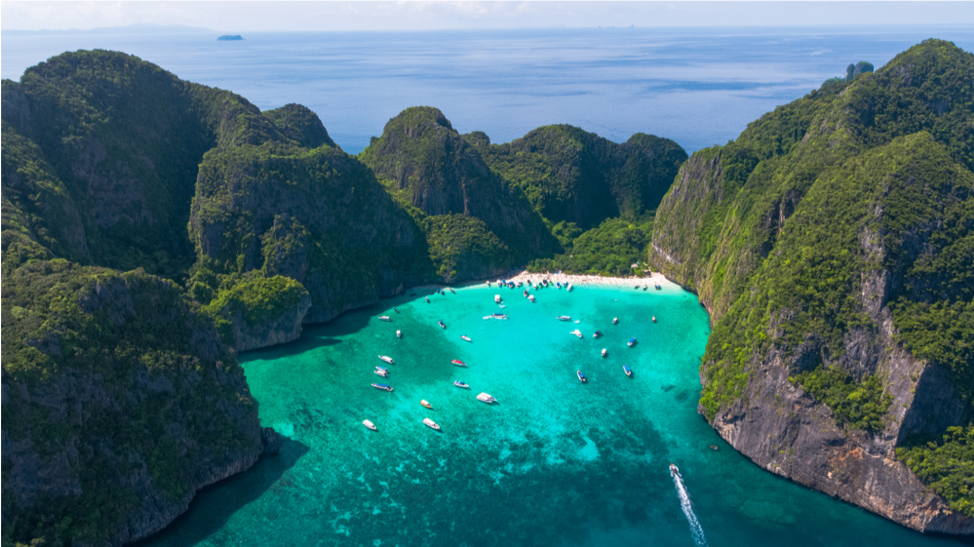
Sustainable Tourism: Areas for Preservation
Sustainability in the tourism industry is all about looking ahead. One standout example of a natural wonder that was hit hard is Maya Bay. The protected waters of Maya Bay were featured in the Leonardo DiCaprio movie The Beach from 2000. Following the international release of the movie, the bay saw a huge surge in popularity as a destination spot. Though tiny in size, this stretch of beach on Phi Phi Island in Krabi Province instantaneously became the most famous beach in the country. Once a gathering place for reef sharks, the volume of visitors affected local plant and wildlife over time. Despite the hit to tourism, Thailand took charge with the proposed period of temporary closure to give the underwater environment an opportunity to recover. The re-opening of the bay depends on the success of reefs and plant life as they grow back and attract the density and variety of sea life that it previously enjoyed.
Although the area and the waters surrounding it are mostly off-limits, you can still enjoy snorkeling and swimming in front of the bay and around the Phi Phi Islands. Read more about how right here!
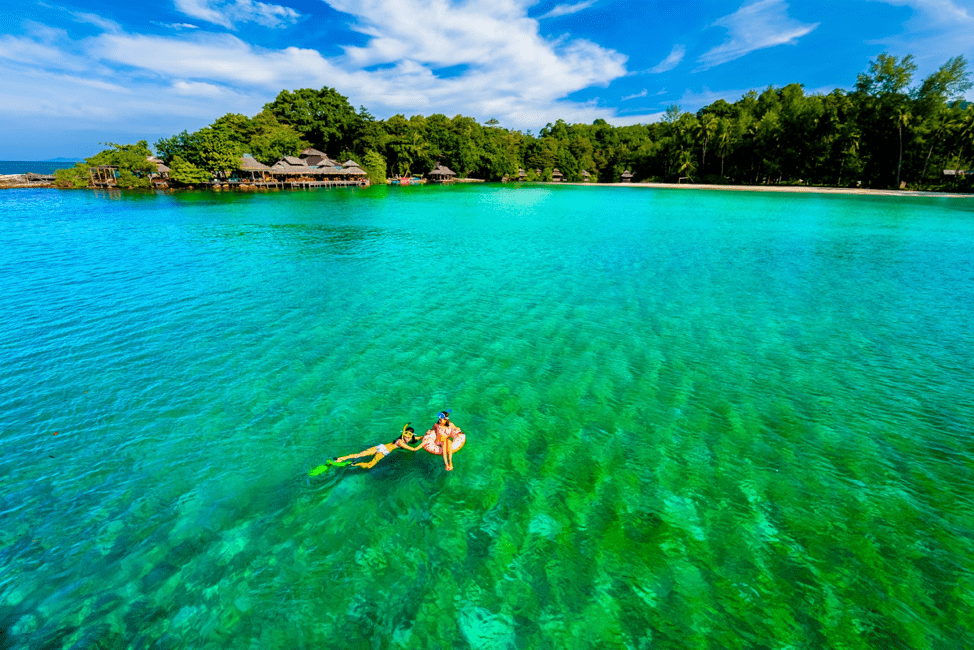
Beach-Hideaway Destinations
Even in this ever-so-popular area, there are still many secluded regions to explore and experience a bit more privacy, not far away from the busier stretches of sand and sea. The gorgeous waters and sandy beaches stretch as far as areas like the island of Ko Kut in Province, which shimmers with glistening waterfalls.
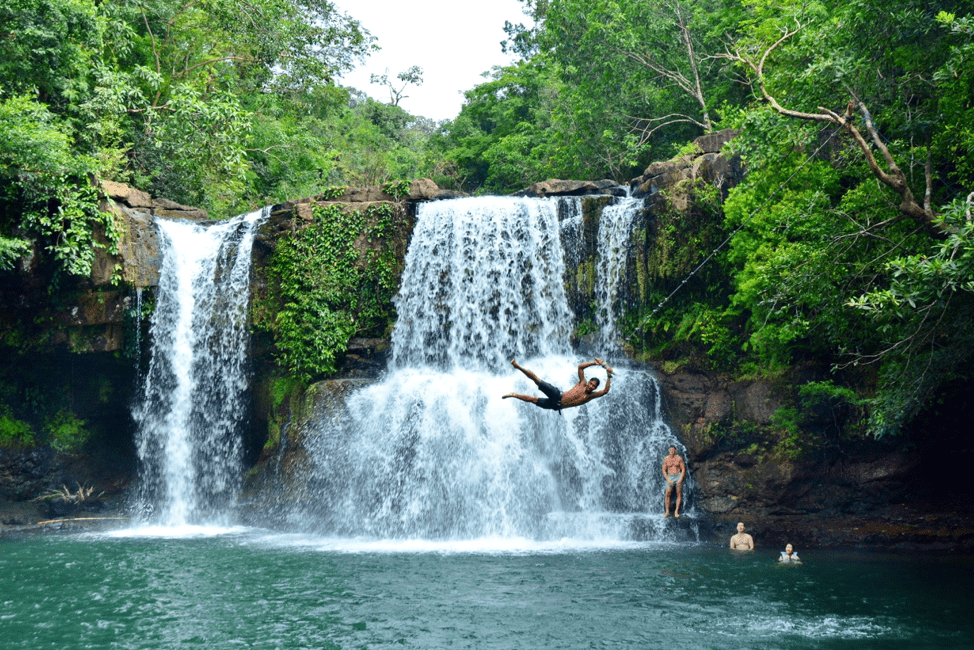
Here, the sea floor is covered in coral reefs, breathtaking for those who love and dare to swim deep. Not only is Ko Kut for beach lovers, but the region also accommodates a National Park for the adventure seekers looking to jaunt through the greenest areas of the country. After taking a hike through the thick, luscious forest, nature will reward you with plenty of places to cool off under its waterfalls.
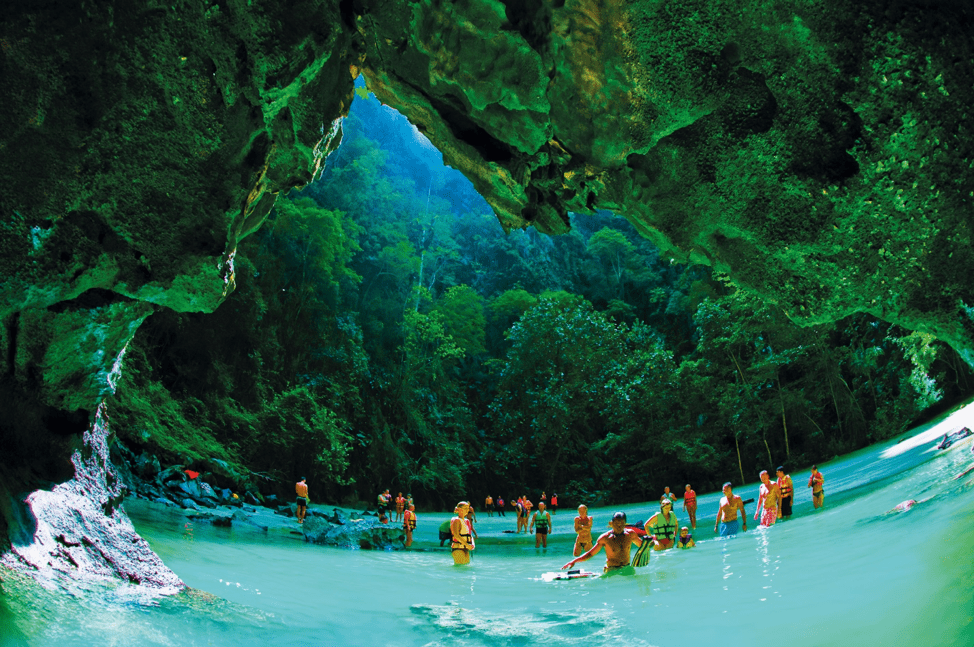
Also, if you fall in love with hidden gems, swim or kayak through the Emerald Cave in Trang Province. Here, visitors can emerge themselves in the cave’s waters and tranquility, above, or below the water. Oftentimes, snorkelers roam the ocean floor and find treasures hidden in the Cave’s tunnel. After making the way through 80 meters of tunnel, light floods the cave and, leaving guests surrounded by gorgeous blue waters glistening under the sun, sandy beaches, and serene views from any angle.
If you have been to Thailand on vacation, what is the most beautiful natural attraction that you experienced? Thanks to combined efforts by multiple organizations in the country, your favorite spot will be a protected and cherished for years to come.



